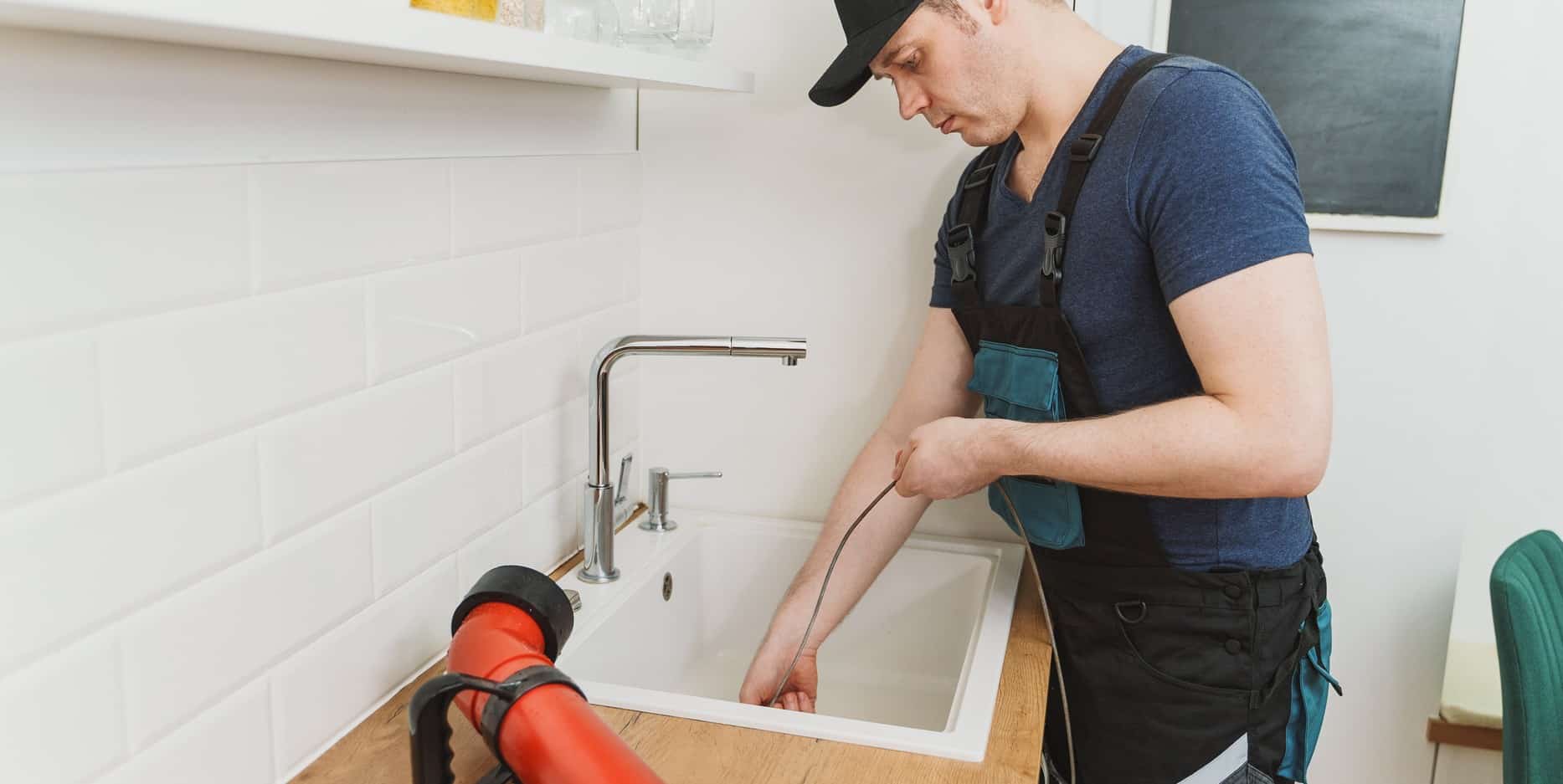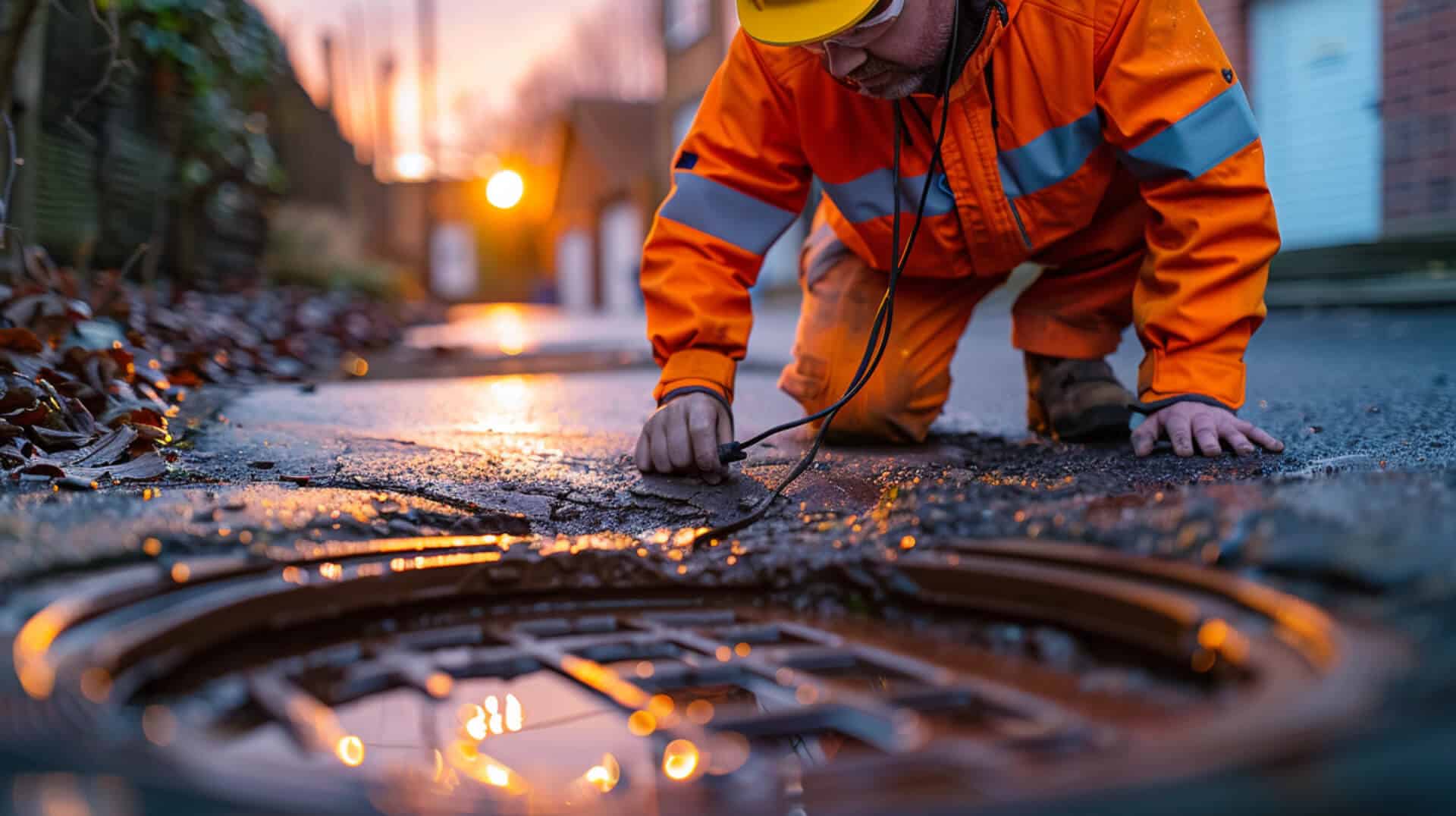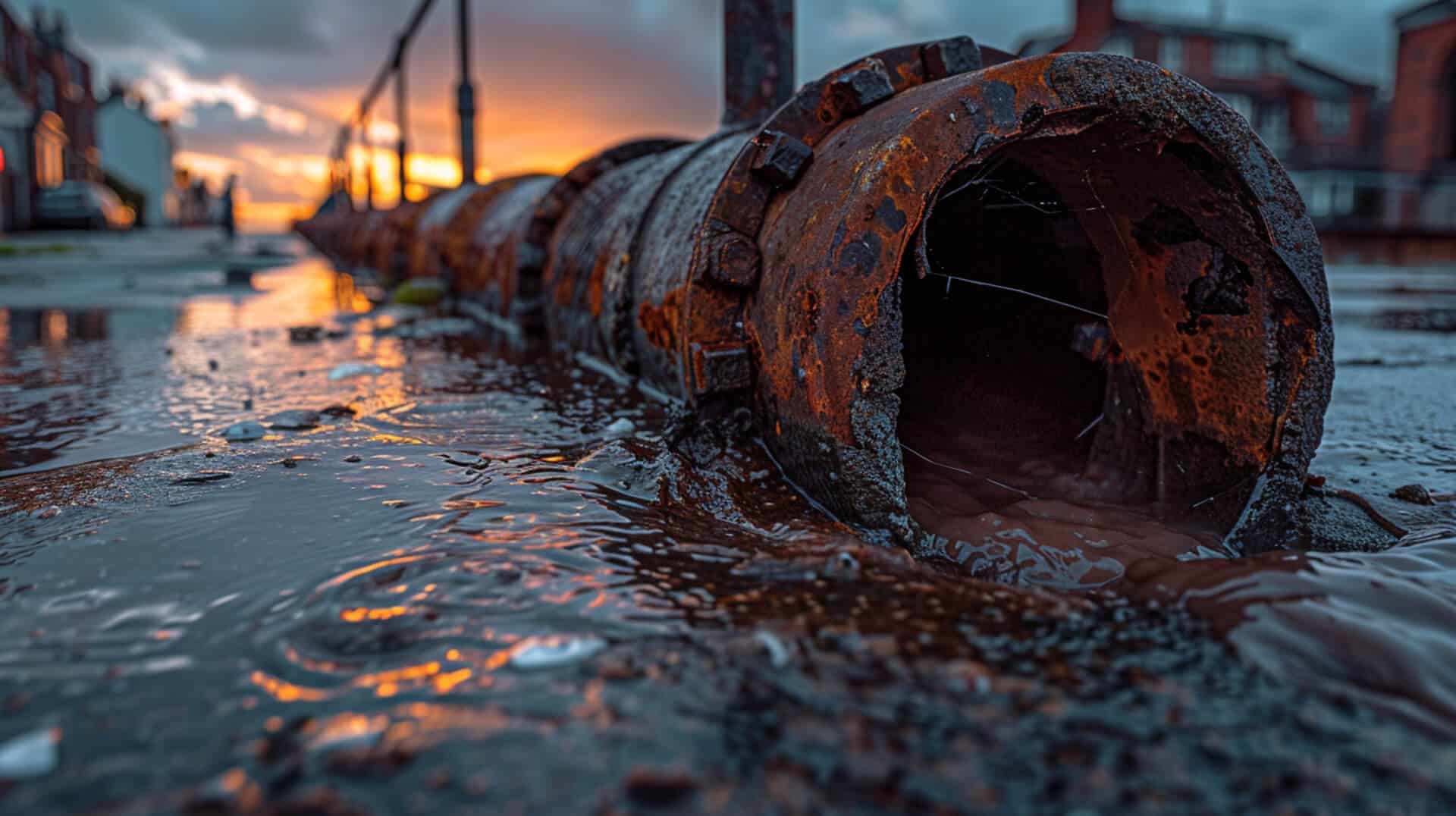 Condiment and Sauce Residues: Hidden Culprits of Drain Blockages
Condiment and Sauce Residues: Hidden Culprits of Drain Blockages
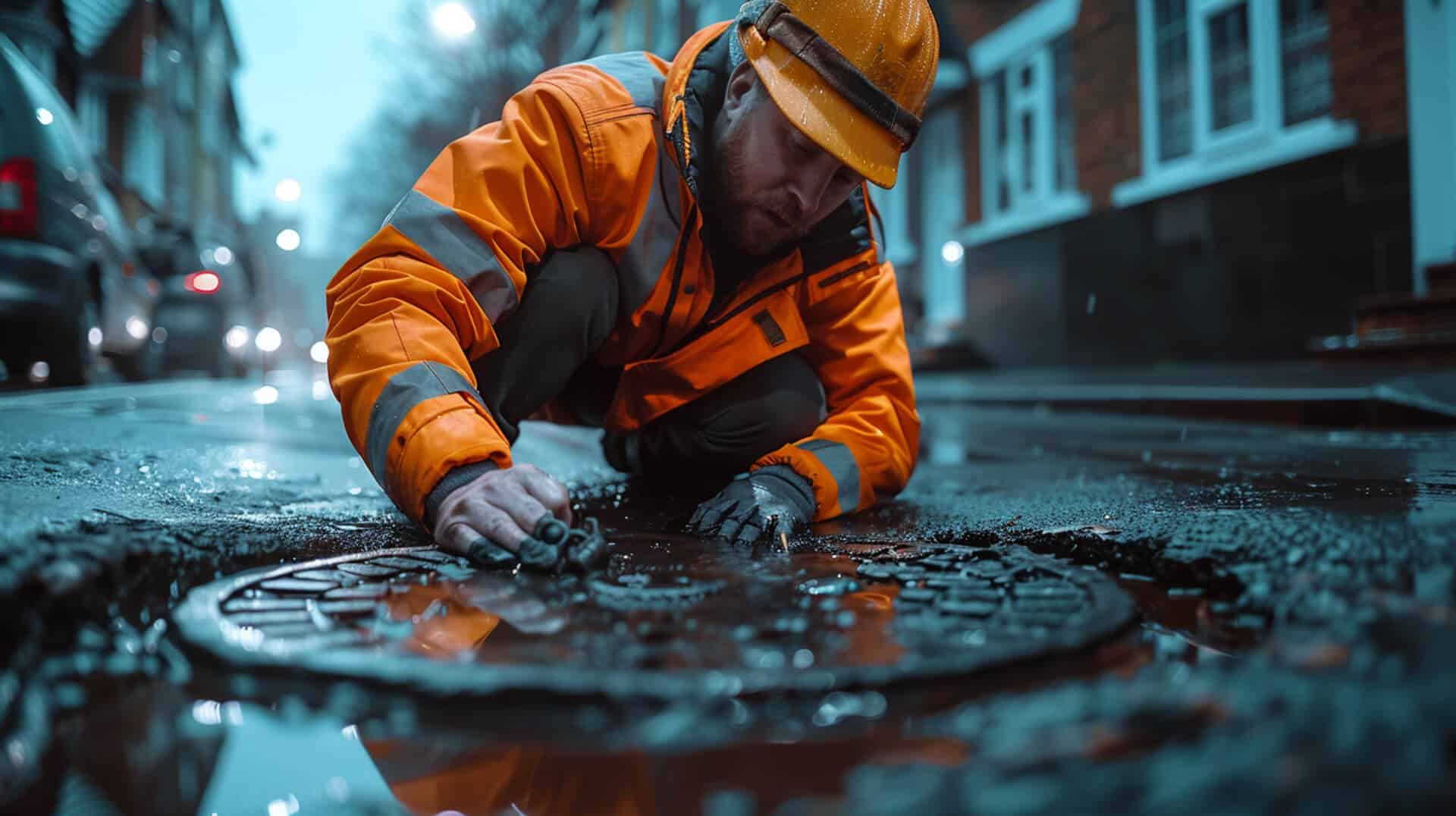
What Are Condiment and Sauce Residues?
Condiment and sauce residues refer to the remnants of various cooking ingredients that often end up in household drains. These residues include grease, fat, oil, dairy products, flour-based sauces, and sugar-based sauces. When these substances are washed down the sink, they can solidify and accumulate within the plumbing system, leading to blockages.
Why Do They Cause Blocked Drains?
Condiment and sauce residues cause blocked drains primarily due to their tendency to solidify and adhere to the inner walls of pipes. Grease and fat, for example, can cool and harden, creating a sticky layer that traps other debris. Over time, this buildup can restrict water flow and eventually lead to complete blockages.
How Common Are These Blockages?
Blockages caused by condiment and sauce residues are quite common, especially in households that frequently cook with these ingredients. The problem is exacerbated in properties where proper disposal methods are not followed, leading to frequent plumbing issues.
What Will This Guide Cover?
This guide will explore the types of condiments and sauces that contribute to drain blockages, the mechanisms by which these blockages form, signs of such blockages, preventive measures, cleaning and maintenance solutions, environmental impacts, health risks, professional services available, educational campaigns, and emergency actions for severe blockages.
Types of Condiments and Sauces That Cause Blockages
Condiments and sauces are common culprits in causing drain blockages. Understanding which types are most problematic can help in preventing these issues.
Problematic Condiments and Sauces
Certain condiments and sauces are more likely to cause blockages due to their composition. These include:
- Grease
- Fat
- Oil
- Dairy products (e.g., butter, cream-based sauces)
- Flour-based sauces
- Sugar-based sauces
- Coconut oil
- Tea leaves
Contribution of Grease, Fat, and Oil
Grease, fat, and oil are significant contributors to drain blockages. When these substances are poured down the drain, they can solidify and adhere to the inner walls of pipes. Over time, this buildup can restrict water flow and lead to complete blockages.
Role of Dairy and Flour-Based Sauces
Dairy and flour-based sauces also play a role in causing blockages. Dairy products like butter and cream can solidify at lower temperatures, contributing to the formation of blockages. Flour-based sauces can thicken and create a paste-like substance that clings to pipes, exacerbating the problem.
Specific Examples of Problematic Residues
Several specific residues are particularly problematic:
- Butter and cream: Solidify and contribute to blockages.
- Gravy and bchamel sauce: Flour-based and can thicken in pipes.
- Coconut oil: Solidifies at room temperature, leading to blockages.
- Tea leaves: Can accumulate and mix with other residues, forming blockages.
By being aware of these problematic condiments and sauces, you can take steps to prevent them from entering your drainage system and causing blockages.
Mechanisms of Blockage Formation
Understanding how condiment and sauce residues cause blockages in drains is essential for effective prevention and maintenance.
Solidification of Condiment and Sauce Residues
Condiment and sauce residues, particularly those containing grease, fat, and oil, can solidify when they cool down. This solidification process occurs as these substances change from a liquid to a solid state, adhering to the inner walls of pipes. Over time, this buildup narrows the pipe’s diameter, restricting water flow and leading to blockages.
Process of Fatberg Formation
fatbergs are large masses formed by the accumulation of fats, oils, and grease (FOG) combined with other waste materials. The process begins when FOG is poured down the drain and solidifies. As more FOG and other debris, such as wet wipes and food particles, enter the drain, they adhere to the initial buildup, creating a larger mass. This mass continues to grow, eventually forming a fatberg that can completely block the drainage system.
Interaction with Other Waste Materials
Condiment and sauce residues do not act alone in causing blockages. They interact with other waste materials, such as food particles, hair, and soap scum. These interactions exacerbate the blockage formation process. For example, grease can trap food particles, creating a dense, sticky mass that is difficult to dislodge.
Stages of Blockage Development
Blockage development occurs in several stages:
- Initial Buildup: Grease, fat, and oil solidify on the pipe walls.
- Accumulation: Additional residues and waste materials adhere to the initial buildup.
- Restriction: The buildup narrows the pipe’s diameter, slowing water flow.
- Complete Blockage: The mass grows large enough to obstruct the pipe entirely, preventing water from passing through.
By understanding these mechanisms, you can take proactive measures to prevent condiment and sauce residues from causing blockages in your drainage system.
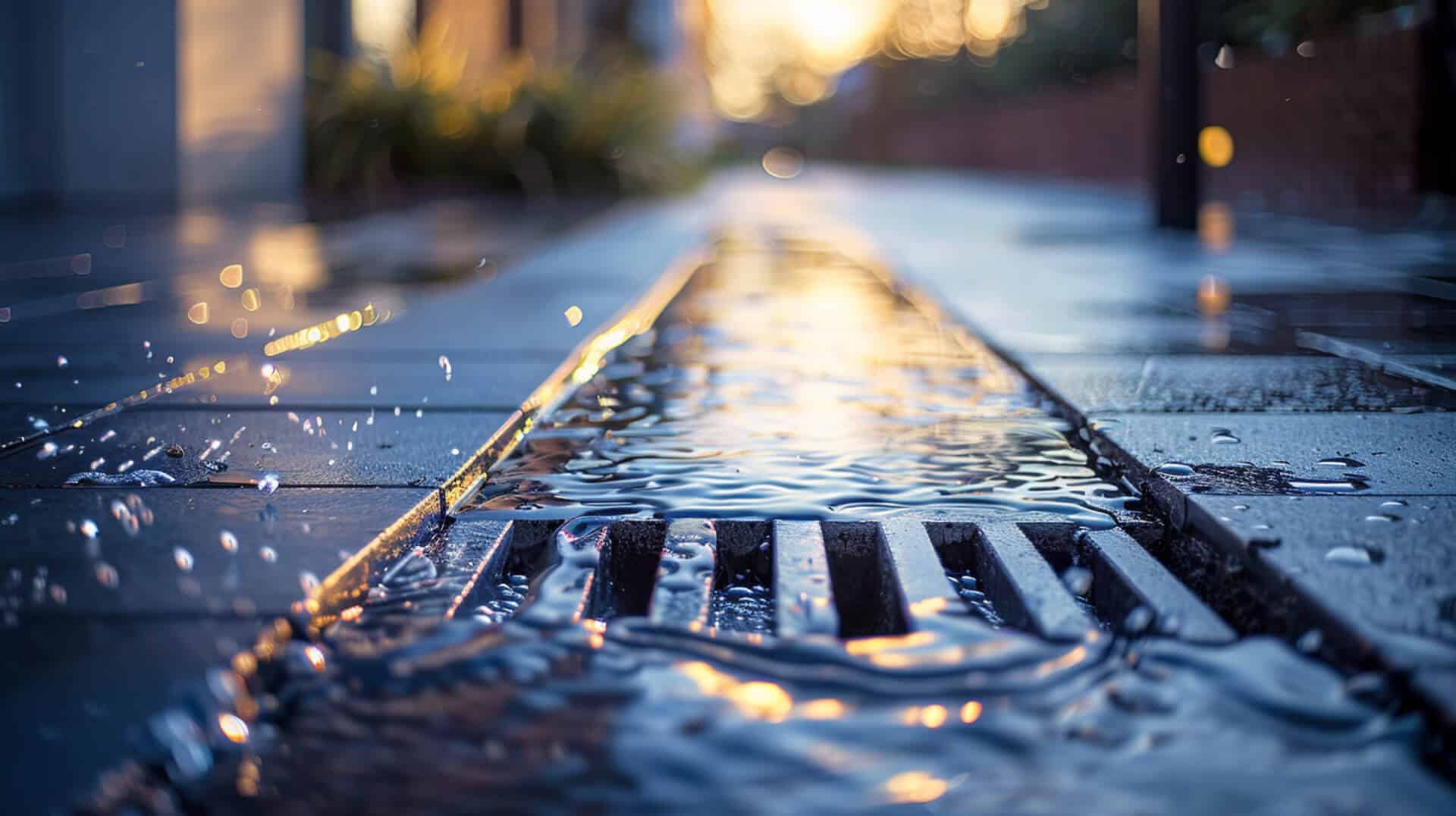
Signs of Blockages Caused by Condiment and Sauce Residues
Identifying the early signs of blockages caused by condiment and sauce residues can help in taking timely action to prevent more severe issues.
Early Signs of a Blockage
Early detection of a blockage can prevent more significant problems. Look for these initial indicators:
- Slow Draining Sinks: One of the first signs of a blockage is water draining slowly from sinks. This occurs because the residue buildup restricts the flow of water.
- Foul Odours: Blockages often produce unpleasant smells. These odours result from decomposing food particles and other organic matter trapped in the pipes.
- Gurgling Sounds: Unusual sounds, such as gurgling, can indicate a blockage. These noises occur when water struggles to pass through the narrowed sections of the pipe.
Identifying Slow Draining Sinks
Slow draining sinks are a common symptom of blockages. If water takes longer than usual to drain, it suggests that there is an obstruction in the pipes. This can be particularly noticeable after washing dishes or using the sink for extended periods.
Odours Indicating a Blockage
Foul odours emanating from drains are a clear sign of a blockage. These smells are often caused by the accumulation of decomposing food particles and other organic matter. If you notice persistent bad smells near your sinks or drains, it is likely that there is a blockage that needs to be addressed.
Sounds Suggesting a Blockage
Gurgling sounds coming from drains can indicate a blockage. These noises occur when water and air struggle to pass through the restricted sections of the pipe. If you hear gurgling sounds when using sinks, it is advisable to investigate further to determine if there is a blockage.
By recognising these signs, you can take prompt action to address blockages caused by condiment and sauce residues, preventing more severe drainage issues.
Preventive Measures for Condiment and Sauce Residue Blockages
Preventing blockages caused by condiment and sauce residues involves proper disposal methods and regular maintenance practices. Implementing these measures can help maintain a clear and efficient drainage system.
Proper Disposal of Grease and Oil
Grease and oil should never be poured down the drain. Instead, follow these steps for proper disposal:
- Cool and Solidify: Allow grease and oil to cool and solidify. Once solidified, scrape it into a container.
- Dispose in Trash: Place the container in the trash. This prevents grease and oil from entering the drainage system and causing blockages.
Benefits of Using Food Waste Bins
Food waste bins are an effective way to manage kitchen waste and prevent blockages. The benefits include:
- Environmental Support: Proper disposal of food waste supports environmental sustainability.
- Reduced Blockages: Prevents food particles from entering the drain and contributing to blockages.
How Grease Traps Work
Grease traps are devices installed in the plumbing system to capture grease and oil before they enter the drain. They work by:
- Separation: Grease traps separate grease and oil from wastewater.
- Collection: The grease and oil are collected in a separate compartment, preventing them from entering the drainage system.
Recommended Regular Maintenance Practices
Regular maintenance is crucial for preventing blockages. Recommended practices include:
- Routine Cleaning: Regularly clean drains and grease traps to remove any buildup.
- Inspections: Conduct periodic inspections to identify and address potential issues early.
- Education: Educate household members or staff on proper disposal methods to prevent blockages.
By following these preventive measures, you can significantly reduce the risk of blockages caused by condiment and sauce residues, ensuring a more efficient and reliable drainage system.
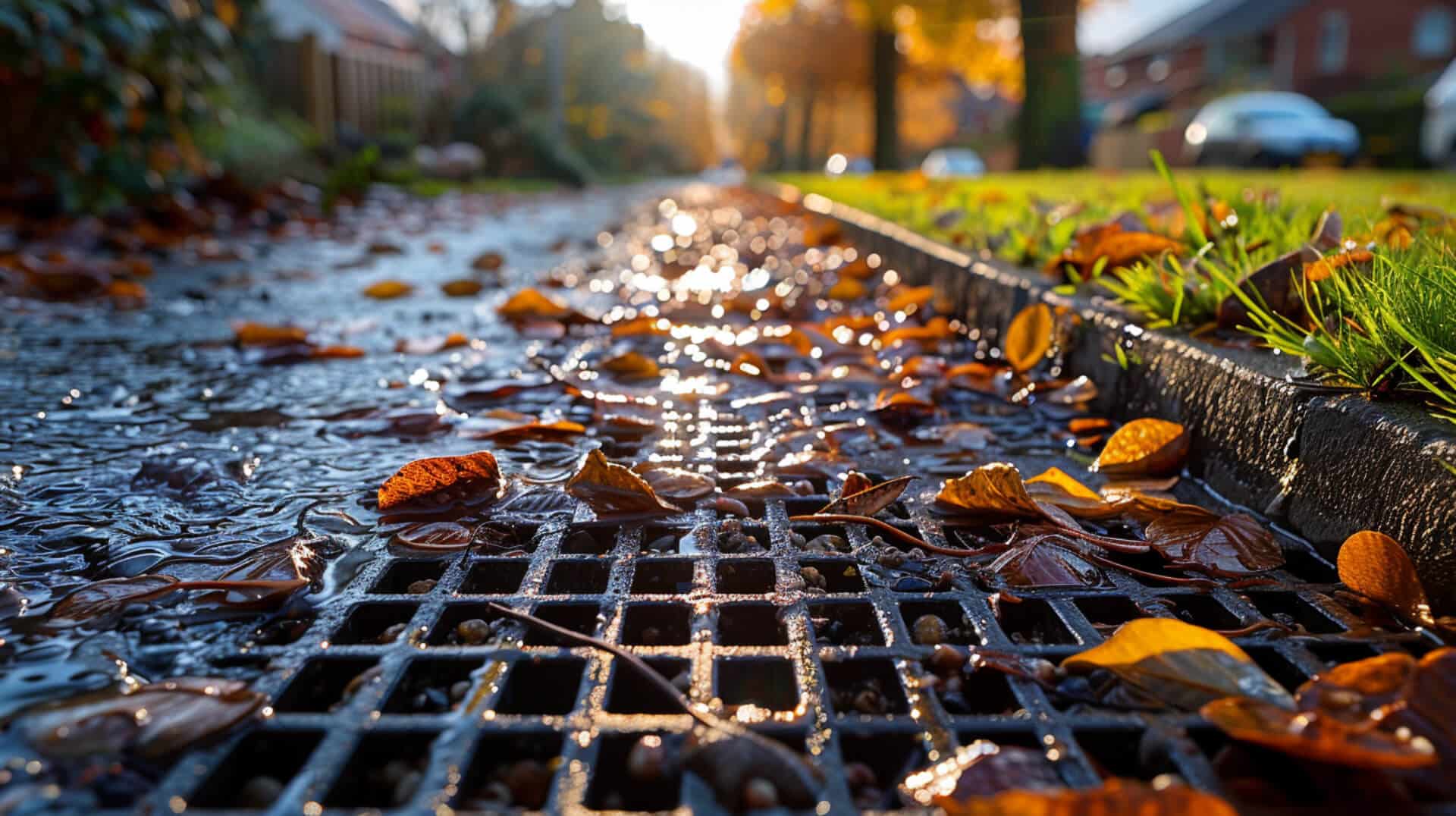
Cleaning and Maintenance Solutions
Effective cleaning and maintenance solutions are essential for addressing blockages caused by condiment and sauce residues. Various methods can be employed to keep drains clear and functional.
Effective Commercial Drain Cleaners
Commercial drain cleaners are formulated to dissolve and break down blockages. When selecting a drain cleaner, consider the following:
- Enzyme-Based Cleaners: These cleaners use natural enzymes to break down organic matter, making them effective for grease and food residue blockages.
- Chemical Cleaners: These contain strong chemicals that can dissolve tough clogs. Use these sparingly to avoid potential damage to pipes.
Role of Boiling Water
Boiling water is a simple yet effective method for clearing minor blockages. It works by:
- Melting Grease: The high temperature of boiling water can melt grease and fat deposits, allowing them to flow through the pipes.
- Flushing Debris: Boiling water can help flush out small food particles and other debris that may be contributing to the blockage.
Baking Soda and Vinegar
Baking soda and vinegar are common household items that can be used to clear blockages. Their role includes:
- Chemical Reaction: When combined, baking soda and vinegar create a chemical reaction that produces carbon dioxide gas, which can help dislodge and break down blockages.
- Deodorising: This mixture also helps neutralise odours, leaving drains smelling fresh.
When to Call a Professional
Certain situations require professional intervention. Consider calling a professional if:
- Severe Blockages: If the blockage persists despite using home remedies and commercial cleaners, it may require professional tools and expertise.
- Recurring Issues: Frequent blockages may indicate a more serious underlying problem that needs professional assessment.
- Structural Damage: Signs of structural damage, such as cracks in pipes or water damage, necessitate professional repair services.
By employing these cleaning and maintenance solutions, you can effectively manage and prevent blockages caused by condiment and sauce residues, ensuring a well-functioning drainage system.
Environmental Impact of Improper Disposal
Improper disposal of condiment and sauce residues can have significant environmental consequences. Understanding these impacts is crucial for adopting better disposal practices.
How Improper Disposal Affects the Environment
Improper disposal of grease, fat, and oil can lead to environmental pollution. When these substances enter the drainage system, they can cause blockages that result in overflow and contamination of natural water bodies. This pollution can harm aquatic life and disrupt ecosystems.
Consequences for the Water Supply
Blocked drains caused by improper disposal can lead to sewage overflows, which contaminate the water supply. Contaminants from grease, fat, and oil can enter rivers, lakes, and groundwater, posing health risks to humans and animals. Ensuring proper disposal helps maintain clean and safe water sources.
Preventing Pollution Through Proper Disposal
Proper disposal methods can significantly reduce pollution. Key practices include:
- Using Food Waste Bins: Dispose of food residues in designated bins instead of washing them down the drain.
- Grease Traps: Instal grease traps to capture grease and oil before they enter the drainage system.
- Solidifying Grease: Allow grease to cool and solidify before disposing of it in the trash.
Benefits of Environmentally Friendly Methods
Adopting environmentally friendly disposal methods offers several benefits:
- Reduced Blockages: Prevents the formation of blockages in the drainage system.
- Cleaner Waterways: Helps maintain clean and healthy water bodies.
- Sustainable Practices: Supports environmental sustainability by reducing pollution and conserving resources.
By understanding the environmental impact of improper disposal and adopting proper disposal methods, you can contribute to a healthier and more sustainable environment.
Health Risks Associated with Blocked Drains
Blocked drains caused by condiment and sauce residues can pose several health risks. Understanding these risks can help in taking appropriate preventive measures.
Immediate Health Effects
Blocked drains can lead to immediate health issues, including:
- Foul Odours: Decomposing food particles and organic matter trapped in the blockage can produce unpleasant smells, which can cause headaches and nausea.
- Increased Stress: The inconvenience and discomfort of dealing with blocked drains can lead to increased stress and anxiety.
Long-Term Health Issues
If not addressed promptly, blocked drains can result in long-term health problems:
- Respiratory Issues: Persistent foul odours and mould growth due to stagnant water can lead to respiratory problems, including asthma and allergies.
- Serious Illnesses: Prolonged exposure to contaminated water and bacteria from blocked drains can cause more severe illnesses, such as gastrointestinal infections.
Structural Damage
Blocked drains can also cause structural damage to properties:
- Corrosion: Accumulated waste and stagnant water can corrode pipes, leading to leaks and potential water damage.
- Flooding: Severe blockages can cause water to back up and overflow, resulting in flooding that can damage floors, walls, and foundations.
Preventive Measures to Mitigate Health Risks
Implementing preventive measures can help mitigate health risks associated with blocked drains:
- Regular Cleaning: Regularly clean drains to remove any buildup of residues and prevent blockages.
- Proper Disposal: Ensure proper disposal of grease, fat, and oil to prevent them from entering the drainage system.
- Routine Inspections: Conduct routine inspections to identify and address potential issues early.
- Education: Educate household members or staff on proper disposal methods and the importance of maintaining clear drains.
By understanding the health risks associated with blocked drains and taking preventive measures, you can maintain a healthier and safer environment.
Professional Services for Addressing Blockages
Professional services are essential for effectively addressing severe blockages caused by condiment and sauce residues. These services offer specialised tools and expertise to ensure thorough and lasting solutions.
When to Contact Drainage Experts
Contacting drainage experts is advisable in the following situations:
- Persistent Blockages: If blockages recur despite using home remedies and commercial cleaners.
- Severe Blockages: When the blockage is severe and home methods are ineffective.
- Structural Damage: Signs of structural damage, such as cracks in pipes or water damage, necessitate professional intervention.
What Are CCTV Drain Surveys?
CCTV drain surveys involve using a small, high-resolution camera to inspect the interior of drainage pipes. This method provides:
- Detailed Inspection: Allows for a thorough examination of the pipe’s condition.
- Accurate Diagnosis: Identifies the exact location and cause of blockages.
- Preventive Maintenance: Helps in planning preventive maintenance by detecting potential issues early.
How Does High-Pressure Water Jetting Work?
High-pressure water jetting is a technique used to clear blockages using a powerful stream of water. The process involves:
- High-Pressure Nozzle: A nozzle attached to a hose delivers water at high pressure.
- Effective Cleaning: The high-pressure water dislodges and flushes out blockages, including grease, fat, and other residues.
- Pipe Preservation: This method is effective without causing damage to the pipes.
What Is Drain Mapping and Relining?
Drain mapping and relining are advanced techniques for addressing drainage issues:
- Drain Mapping: Involves creating a detailed layout of the drainage system. This helps in identifying the exact locations of pipes and potential problem areas.
- Drain Relining: A method of repairing damaged pipes without excavation. It involves inserting a resin-coated liner into the damaged pipe, which hardens to form a new, durable inner lining.
By utilising these professional services, you can effectively address and prevent blockages caused by condiment and sauce residues, ensuring a well-maintained and efficient drainage system.
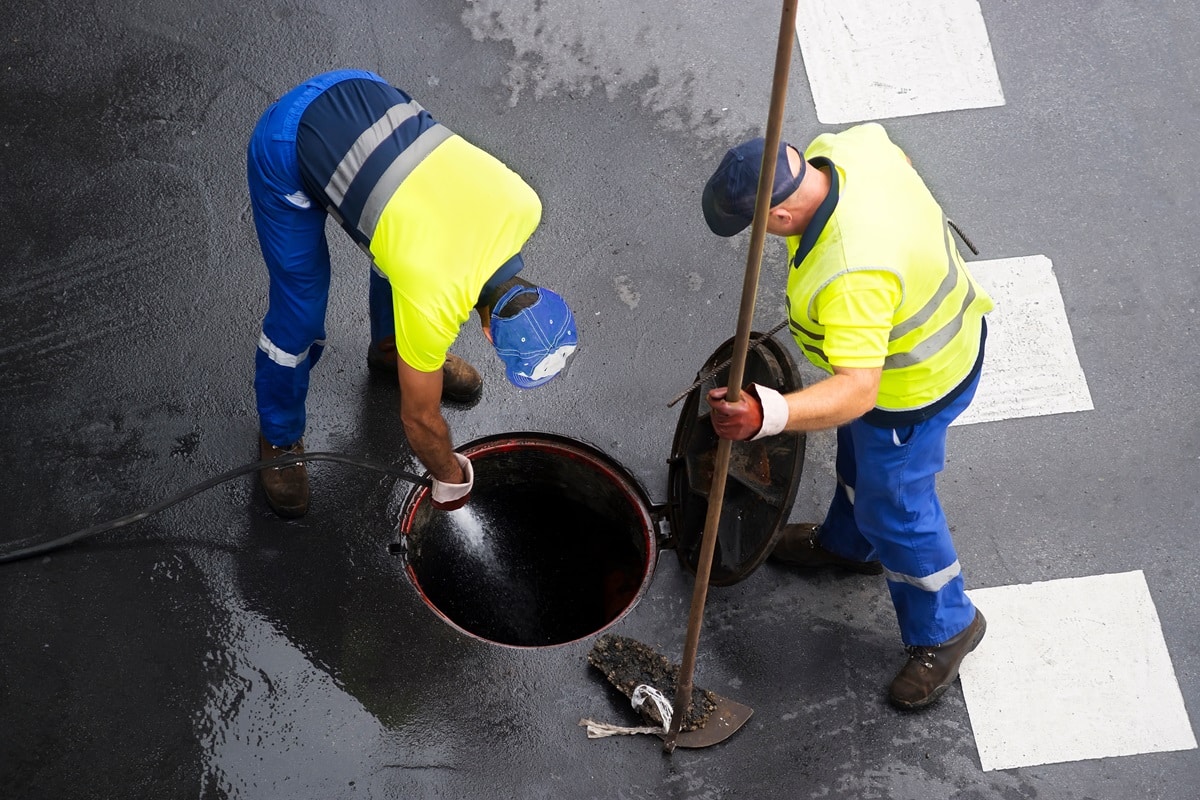
Educational Campaigns and Community Awareness
Educational campaigns and community awareness initiatives play a crucial role in preventing blockages caused by condiment and sauce residues. These efforts help inform and educate the public on proper disposal methods and the importance of maintaining clear drains.
What Is the Unblocktober Campaign?
The Unblocktober campaign is a month-long initiative aimed at raising awareness about the impact of improper waste disposal on drainage systems and the environment. Key aspects of the campaign include:
- Public Education: Informing the public about the consequences of disposing of fats, oils, and grease (FOG) down the drain.
- Behavioural Change: Encouraging individuals to adopt better disposal habits to prevent blockages and protect the environment.
- Community Involvement: Engaging communities in activities and challenges to promote proper waste disposal practices.
How Can Visual Reminders Help?
Visual reminders are effective tools for reinforcing proper disposal habits. They can be placed in strategic locations, such as kitchens and bathrooms, to remind individuals of the correct disposal methods. Examples include:
- Posters and Stickers: Displaying clear instructions on how to dispose of grease, fat, and oil.
- Infographics: Providing visual explanations of the impact of improper disposal and the benefits of proper practices.
What Community Programmes Are Available?
Various community programmes focus on educating the public about proper waste disposal and preventing drain blockages. These programmes may include:
- Workshops and Seminars: Offering educational sessions on the importance of proper disposal methods and how to implement them.
- Local Initiatives: Community-led projects aimed at reducing blockages and promoting environmental sustainability.
How Can You Educate Staff or Tenants?
Educating staff or tenants about proper disposal methods is essential for preventing blockages in commercial and residential properties. Effective strategies include:
- Training Sessions: Conducting regular training sessions to inform staff or tenants about the importance of proper disposal and how to do it correctly.
- Guidelines and Manuals: Providing written guidelines and manuals that outline proper disposal practices and the consequences of improper disposal.
- Regular Reminders: Sending periodic reminders through emails or notices to reinforce the importance of maintaining clear drains.
By participating in educational campaigns and community awareness initiatives, individuals and organisations can contribute to preventing blockages caused by condiment and sauce residues, ensuring a more efficient and environmentally friendly drainage system.
Emergency Actions for Severe Blockages
Severe blockages caused by condiment and sauce residues require immediate attention to prevent further damage and health risks. Knowing the appropriate emergency actions can help mitigate the impact.
What Should You Do If You Suspect a Severe Blockage?
If you suspect a severe blockage, take the following steps:
- Stop Using Affected Fixtures: Cease using sinks, toilets, and other fixtures connected to the blocked drain to prevent overflow and further blockage.
- Assess the Situation: Identify the signs of a severe blockage, such as water backing up, persistent foul odours, and slow drainage across multiple fixtures.
How to Turn Off Mains Water and Electricity
In cases where the blockage leads to flooding or poses a risk of water damage, turning off the mains water and electricity is crucial:
- Turn Off Mains Water: Locate the main water shut-off valve, usually found near the water metre or where the main water line enters the property. Turn the valve clockwise to stop the water supply.
- Turn Off Electricity: If water is near electrical outlets or appliances, turn off the electricity at the main circuit breaker to prevent electrical hazards.
When to Contact Professional Help
Professional help is necessary in the following scenarios:
- Persistent Blockages: If the blockage does not clear with basic home remedies or commercial cleaners.
- Structural Damage: Signs of structural damage, such as cracks in pipes or water damage, require professional assessment and repair.
- Health Risks: If the blockage poses health risks due to contamination or foul odours.
What Emergency Services Are Available?
Several emergency services can address severe blockages:
- 24/7 Drainage Services: Many companies offer round-the-clock services to handle urgent drainage issues.
- High-Pressure Water Jetting: This service uses high-pressure water to clear stubborn blockages effectively.
- CCTV Drain Surveys: These surveys provide a detailed inspection of the drainage system to identify the cause and location of the blockage.
By following these emergency actions, you can effectively manage severe blockages caused by condiment and sauce residues, ensuring the safety and functionality of your drainage system.
Key Takeaways from This Guide
Understanding the common causes of blocked drains due to condiment and sauce residues is essential for effective prevention and maintenance. This guide has covered various aspects, including the types of problematic residues, mechanisms of blockage formation, signs of blockages, preventive measures, cleaning solutions, environmental impact, health risks, professional services, educational campaigns, and emergency actions.
How Regular Maintenance Prevents Blockages
Regular maintenance is crucial in preventing blockages caused by condiment and sauce residues. Key practices include:
- Routine Cleaning: Regularly clean drains to remove any buildup of residues.
- Inspections: Conduct periodic inspections to identify potential issues early.
- Proper Disposal: Ensure that grease, fat, and oil are disposed of correctly to prevent them from entering the drainage system.
Long-Term Benefits of Proper Disposal
Proper disposal of condiment and sauce residues offers several long-term benefits:
- Reduced Blockages: Prevents the formation of blockages, ensuring a more efficient drainage system.
- Environmental Protection: Reduces pollution and protects water sources.
- Cost Savings: Minimises the need for costly repairs and professional services.
Staying Informed About Best Practices
Staying informed about best practices for drain maintenance and proper disposal methods is essential. Consider the following:
- Educational Resources: Access articles, guides, and videos that provide information on proper disposal and maintenance.
- Community Programmes: Participate in community initiatives and campaigns that promote proper waste disposal.
- Professional Advice: Consult with drainage experts for personalised recommendations and services.
By following these guidelines and staying informed, you can effectively manage and prevent blockages caused by condiment and sauce residues, ensuring a well-maintained and efficient drainage system.
